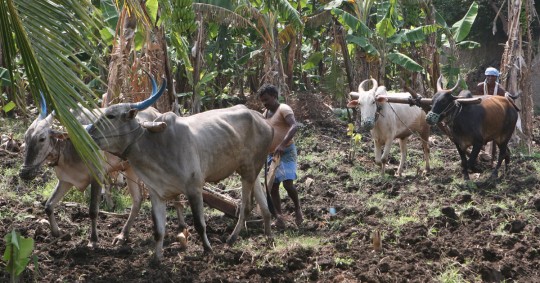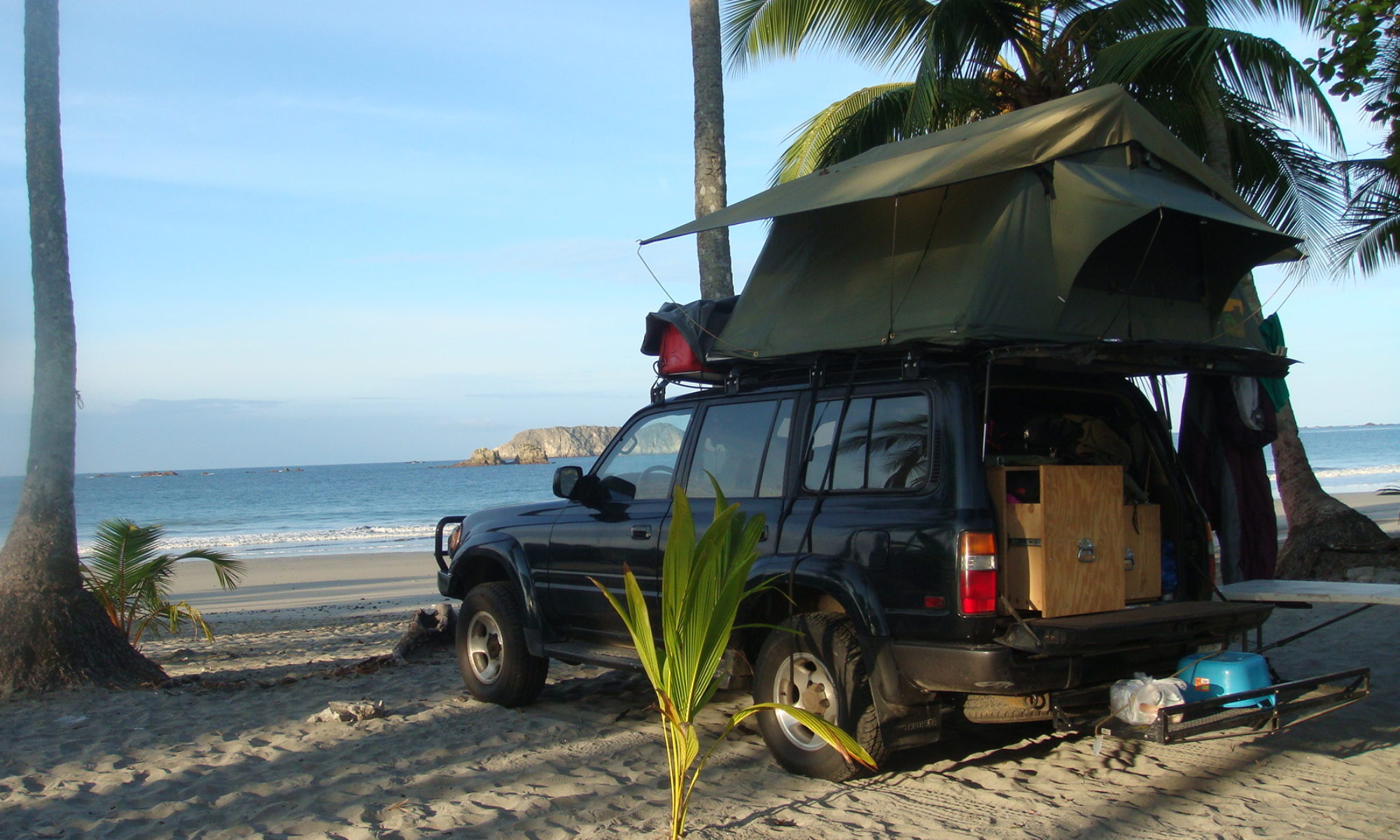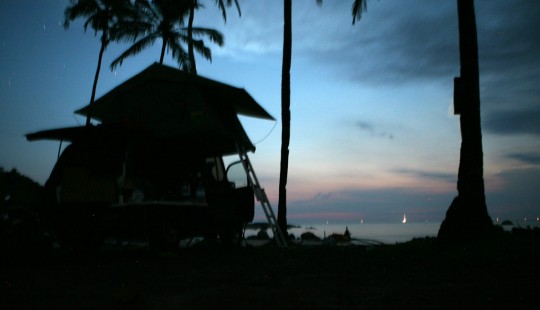
I leave Mumbai at the beginning of the afternoon. The city is a labyrinth, but I am lucky and after an hour and an half I am out of the peninsula and on my way south. The state of Goa, famous for its beach, lays 400 miles south of Mumbai.
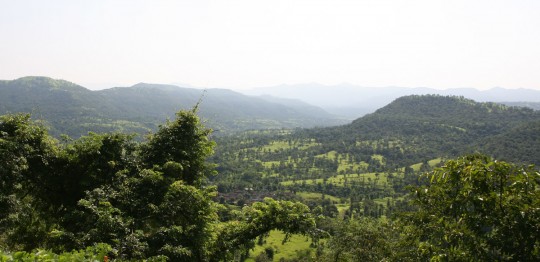
The first two days of driving are difficult. There’s a lot of traffic the first day and I have to stop to sleep after covering only 110 miles. I stay on the parking lot of a restaurant where I had diner the previous night. The following day, I drive all I can but because of a combination of poor signage and a bad map, I cannot find the places I want to see and can only keep driving south missing my targets.
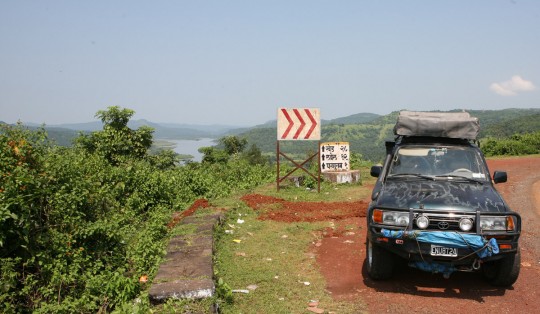
The map of India I got is supposed to be the best one available, but is filled with mistakes, omissions and road that don’t exist. I don’t have the maps of the country in my GPS either. It was the cases in most of the places, but in location like Africa – for example – there are not that many roads and you can’t really get lost. In India, there are a lot of roads everywhere, with no signs at the intersections. I figure that the best way to navigate is to ask people whenever possible.
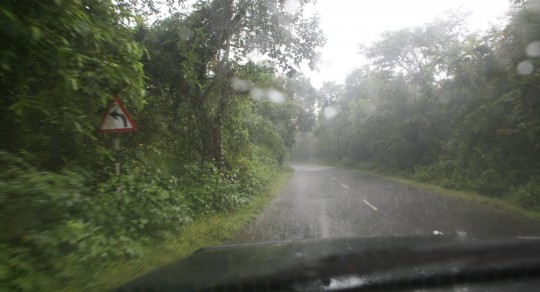
Later, after leaving behind Maharashtra state, the situation improves a bit, and there are more signs. And in English this time.
Every evening, it is possible to see that the monsoon period is not totally finished. There are usually heavy rains, and one can see the muddy waters flowing down the high rivers.
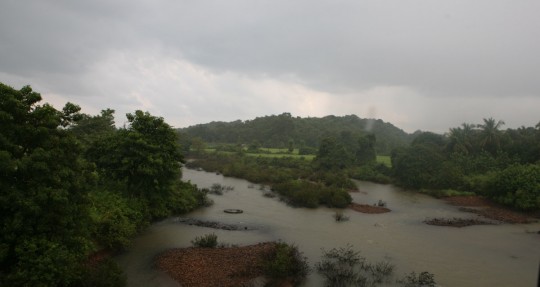
The second night I am looking for a beach to camp. I am close to Panaji, the state capital of Goa. After turning around for what seems an eternity, I decide to stop for the night in Calangute. It is not a very charming place. It is one of these beaches accessible by cement steps with a waterfront crammed with restaurants and shops. At this point I feel a little bit pessimistic and begin to wonder where the marvelous beaches you always hear about are. F_town A typical town, once of many I cross as I drive south.
I strike a deal with a hotel and they let me sleep in their parking lot for US$2. It is still not the high season, and most places are empty except from local tourists wandering around on this Sunday night.
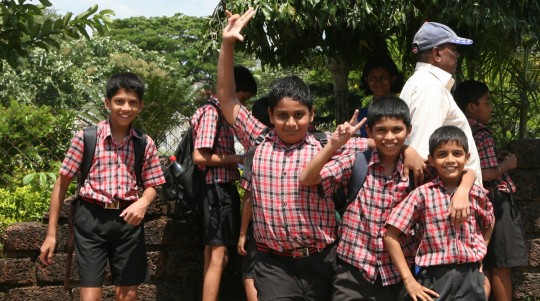
In the morning, I decide to continue south, and go pass Panaji, as the beaches in the south of the state have the reputation to be less developed and quieter. In the afternoon, I reach Agonda beach and find the paradise. I am able to park on the beach which reminds me of good times in Central America.
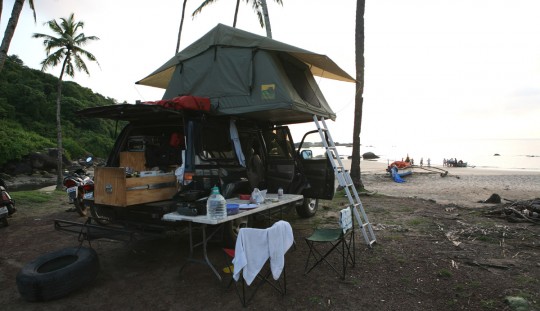
I am not alone there, as there’s another truck belonging to a Swiss family. Even better, as no mater where you are, you always feel safer when you are not alone. I stay there two days, watching the ballet of the fishermen incessantly going out and bringing back nets full of fish. I read and enjoy the perfect temperature of the sea.
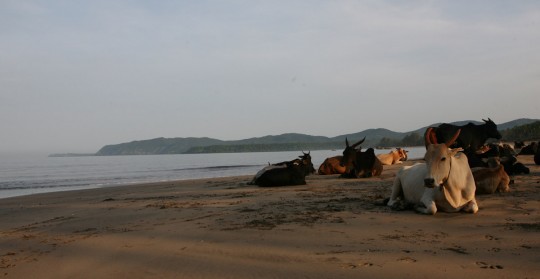
At night, it is raining and there’s some wind. I wake up one night as the tent is folding on me. I can escape by the back door and stabilize the situation.
But I am ready to get some more miles behind, so after this short break, I am back on the road. This time I am going east. The next time I will see the sea, it will be the Bay of Bengal, and it will take a while.
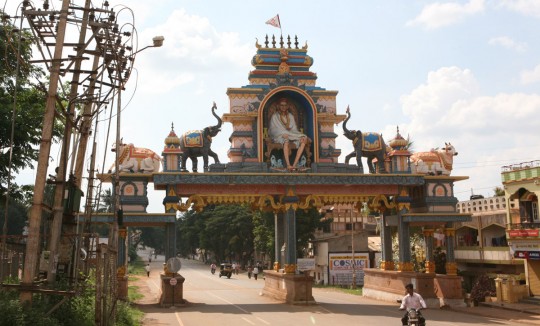
Meanwhile I gain altitude as I reach the inland plateau, and after eight hours of driving I arrive in the ancient city of Hampi.
There, I ask the government hotel (KSTDC Mayura Bhuvaneshwari) to let me sleep on the parking lot. They agree for US$1 a night, but there’s no shower. I explain to them that French people don’t need any, and I go to sleep.
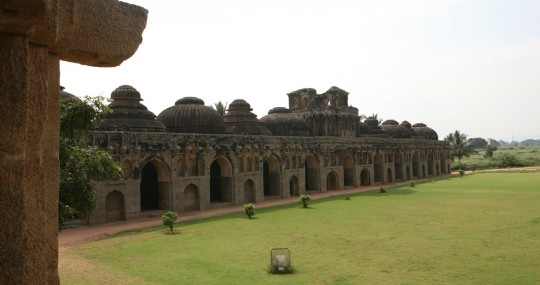
Or try too. India is very intense, and wherever you stop, you soon have a group of ten people asking questions, opening the doors of the vehicle, looking around. They can stay around for a long time and watch you have diner, read or wash your clothes. Late evening, I am finally able to go upstairs and go to sleep.
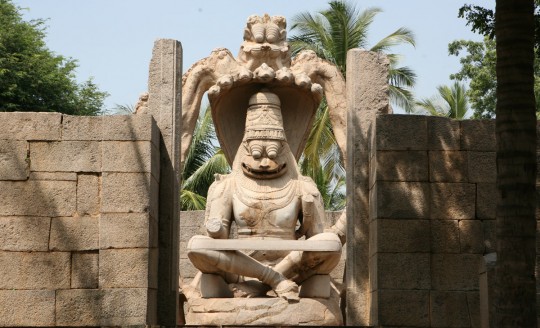
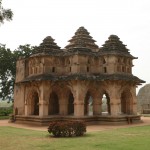
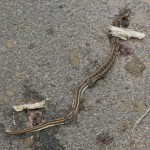
I wake up early morning as I have a long day in front of me. I decided to visit the large ruins by foot which is something like an eight-mile walk. It is hot and humid and the end of the visit is quite painful. But it is very impressive. You have to pay attention to snakes when walking around as they seem to be everywhere.
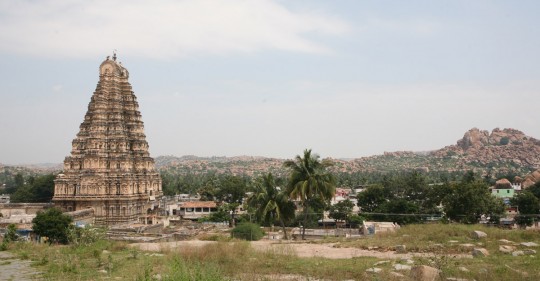
Hampi was once the capital of the huge Vijayanagar Empire, the center of the largest Hindu center in South India. The landscape is astonishing as well, with enormous boulders dotting the landscape as if a giant would have put them here as a game.
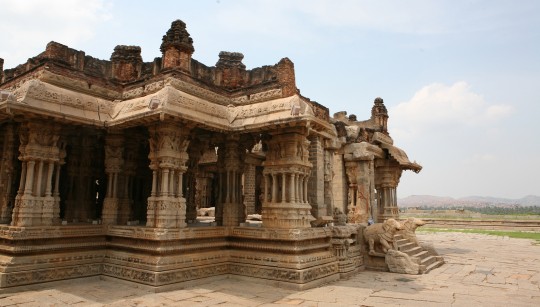
Sad to say, but I wish there would have been more time between my visit to Hampi and my visit of Persepolis. The latest have been so impressive, it is difficult to not draw a comparison.
At the end of the day, I am cooked, and waiting for sunburns to appear. The following day I will take the direction of Hyderabad on my way east toward New York City.
